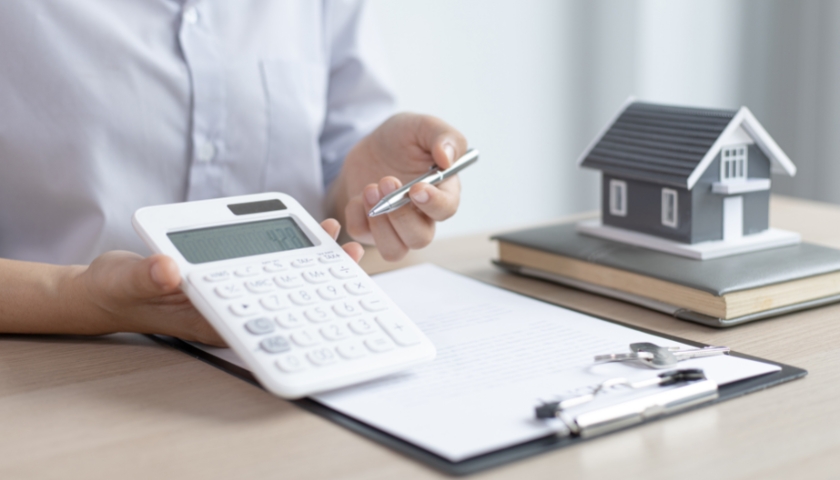
A Registered Retirement Savings Plan (RRSP) is a registered account that is designed specifically to help you save for retirement. Contributions made to the plan are tax-deductible in the year you make them, or in a subsequent year. This deduction lowers your taxable income and reduces the amount of tax you’d otherwise pay. The amounts earned in the plan are not taxed until they’re withdrawn (RRSPs must be collapsed at the end of the year you turn 71.) If you think your marginal tax rate in retirement will be lower than it is today, an RRSP is a good choice.
How much can I contribute?
You must have “earned income” in order to contribute, which is income from active sources like a business or employment, and there is a limit to how much you can contribute each year. For the 2024 tax year, the RRSP contribution limit is 18% of earned income reported in 2023, up to a maximum of $31,560. (Note that if you have a company pension plan, your RRSP contribution limit is reduced accordingly.)
Contribution room is cumulative, so if you don’t contribute one year, you can always catch up the next year. To find out what your personal deduction limit is, log into CRA’s My Account and scroll down to the section on RRSPs and TFSAs.
What’s an RRSP loan?
An RRSP loan is a loan you take out for the purpose of contributing to your RRSP. You may be considering an RRSP loan if you have contribution room but don’t have the savings available to make a contribution. Many taxpayers use RRSP loans to “catch up” on unused contribution room, if they haven’t been contributing regularly.
When you borrow money to contribute to your RRSP, you’re taking out a loan and you will be charged interest for as long as the loan remains outstanding. Since RRSP contributions are tax deductible, the refund generated by your RRSP contribution can go towards repaying the RRSP loan. However, you still need a plan to pay back the entire loan within a reasonable period of time. And you must be disciplined about using the refund towards paying down your RRSP loan. If you decide to spend it instead, you have just taken on, or added to, your household debt, which can quickly get out of control.
Save all year round
Rather than borrowing a lump sum of money to make your RRSP contribution, try to make small contributions on a regular basis throughout the year. This is sometimes referred to as "paying yourself first". Set up an automatic transfer from your chequing to your RRSP. This forces you to save first and spend what’s left. If you can increase the amount of your monthly contributions over time, you can gradually catch up on your unused contribution room.
